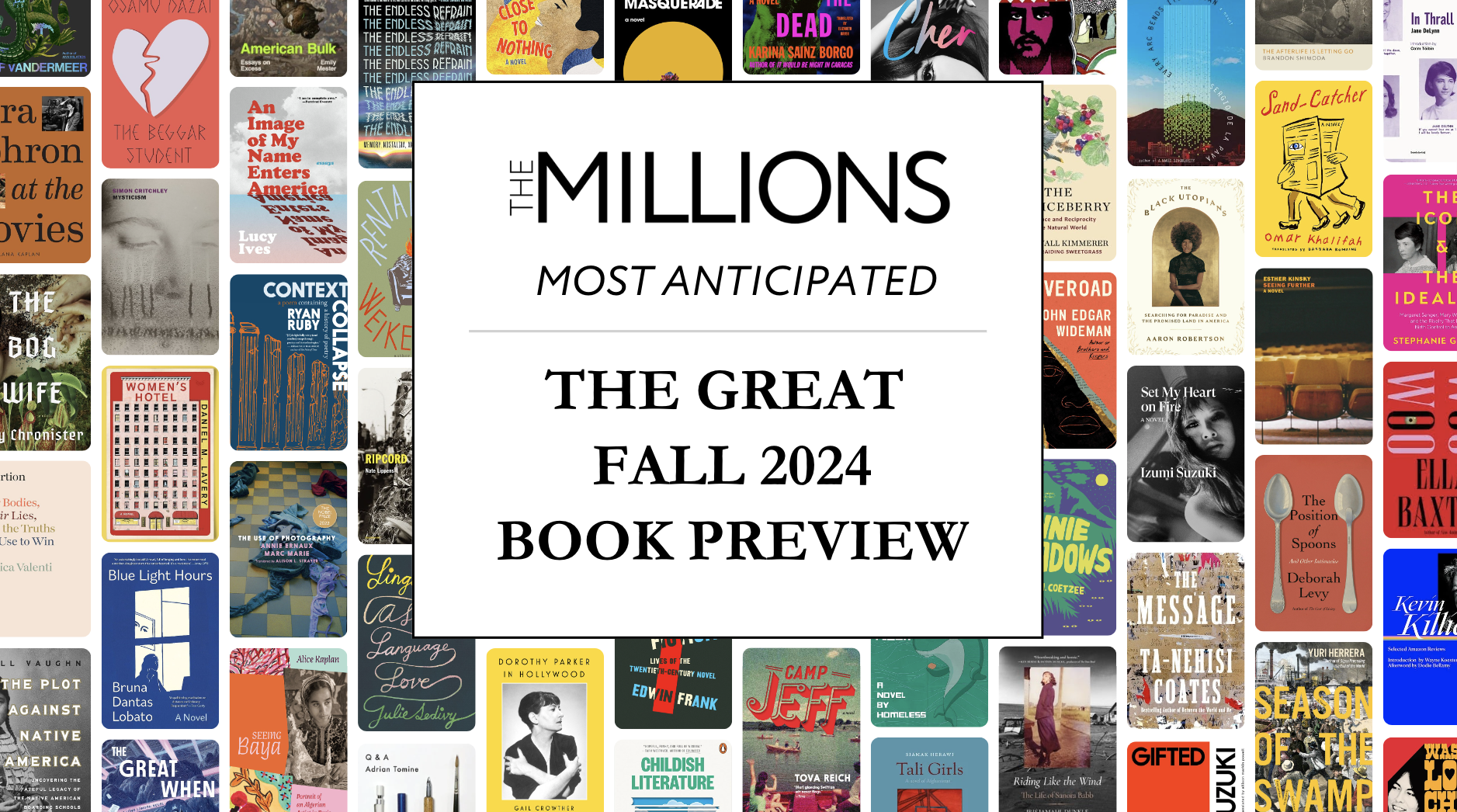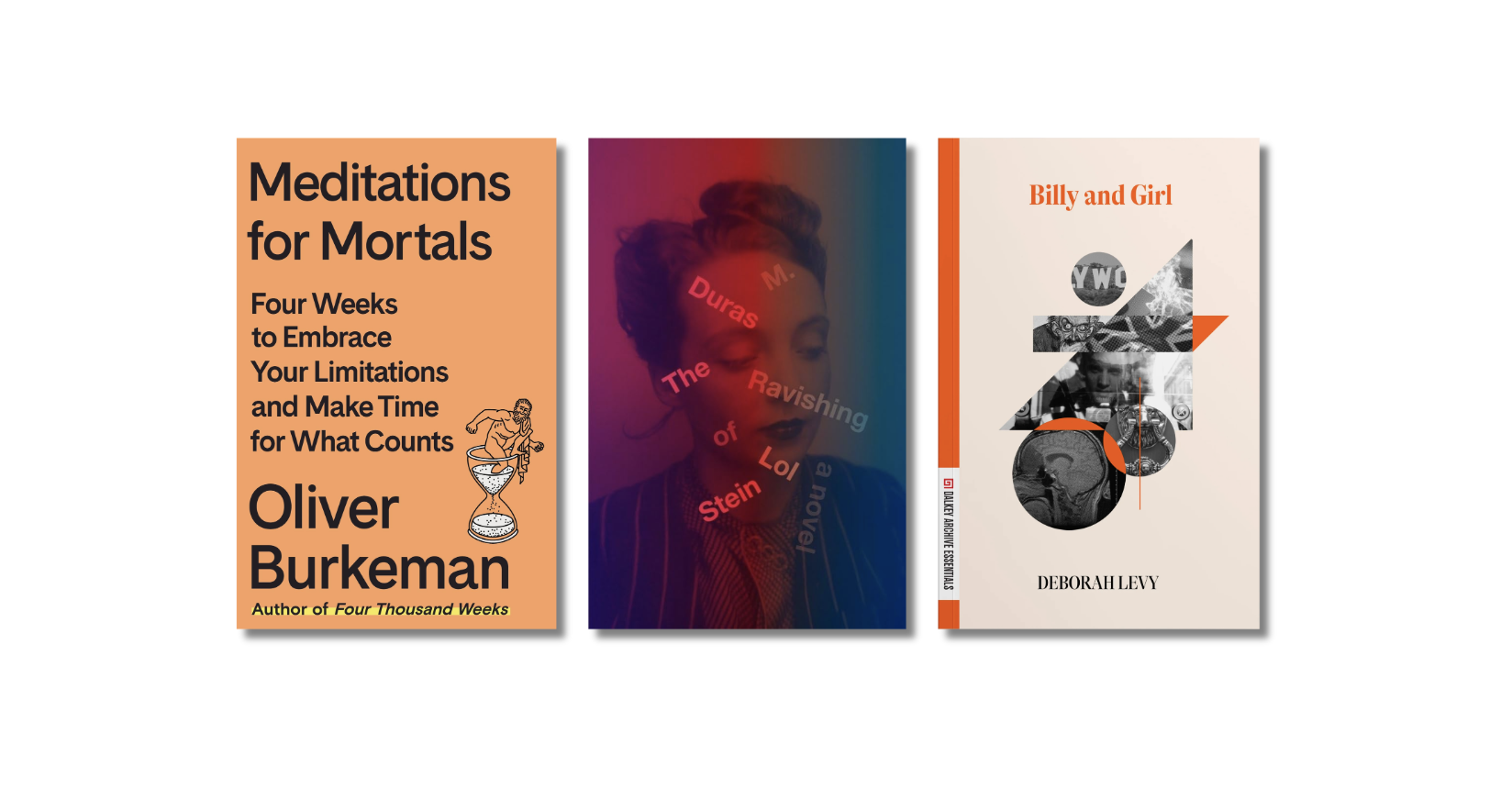Yesterday, Scott posted the good news that six Bay Area libraries are making audiobooks available as downloads that readers can listen to on their digital devices. At least one other library appears to be jumping on the digital download bandwagon, but this one is providing the mp3 player as part of the deal. The South Huntington Public Library in Suffolk County, New York, is lending out iPod Shuffles preloaded with audiobooks. Right now the selection is pretty limited, but I think the news that libraries are beginning to digitally distribute audiobooks could point towards a burgeoning revolution in the audiobook business. Goodbye CDs 1 through 28, hello davincicode.mp3. (This is especially exciting news for me since this happens to be the childhood library of Mrs. Millions. I’ll have to look for the iPods next time I stop by.)









